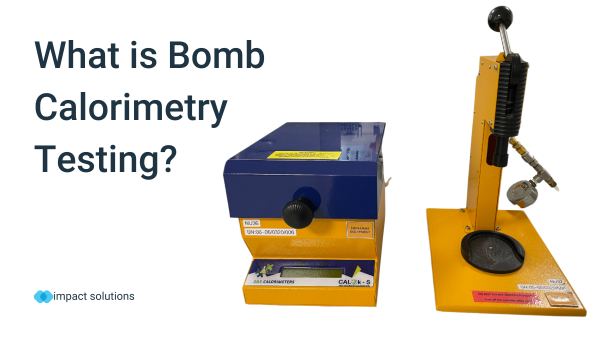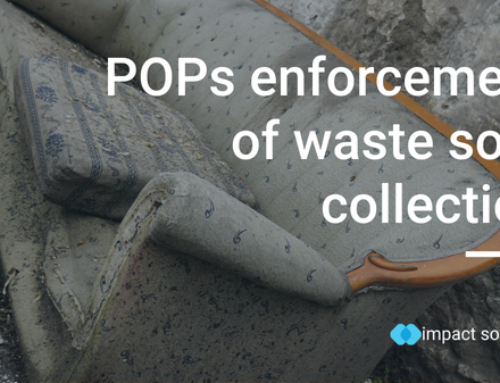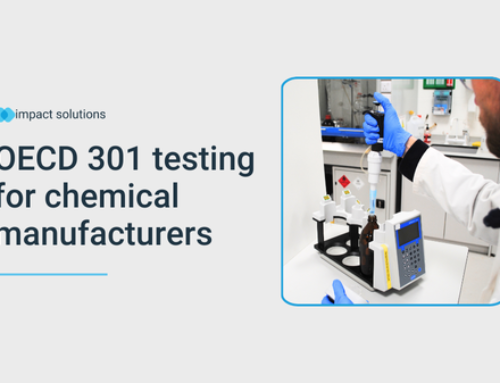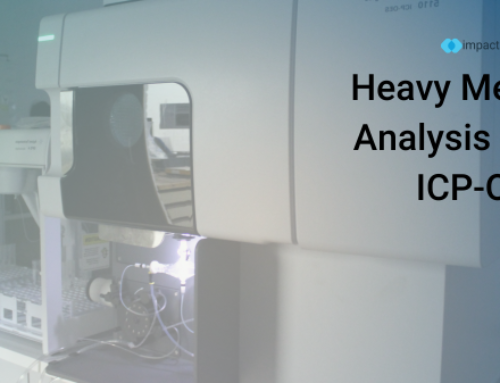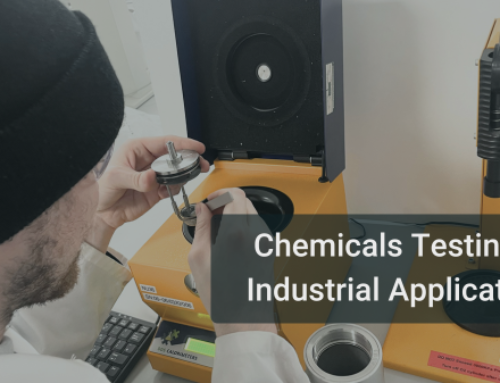Bomb calorimetry testing is a method that helps us measure the energy released when things burn. Using special tools called calorimeters, it gives us precise information about how different materials burn.
Importance of Energy Measurement in Waste Management
Calorimetry plays a pivotal role in understanding the energy released during combustion or pyrolysis, presenting a crucial aspect for advancing waste management, recycling, and energy recovery in various sectors. The precise measurement of energy through calorimetry distinguishes the handling of different materials, particularly plastics like films and thermosets that necessitate calorimetric assessment to harness their released energy.
Science Behind Energy Measurement: Bomb Calorimetry
Calorimetry, the science of measuring energy released during combustion, relies on specialized instruments known as calorimeters. Among these, oxygen bomb calorimeters stand out as the standard tools for determining calorific values in solid and liquid combustible samples, following globally accepted methods such as BS EN ISO 1716 and ASTM D240.
Process of Measuring Calorific Value
The measurement of calorific value using an oxygen bomb calorimeter involves comparing the heat obtained from the sample’s combustion with that of a reference material, like benzoic acid. The sample undergoes combustion in a high-pressure oxygen environment within a vessel (“bomb”), with the resulting energy release captured by the calorimeter. The change in temperature within the absorbing medium is recorded, and the heat of combustion is calculated by multiplying this temperature rise by an energy equivalent previously determined through tests with reference material.
Understanding Combustion Behavior: Residues and Byproducts
Distinct residues resulting from material combustion not only play a pivotal role in waste management but also offer crucial insights into the burning behavior of various materials. Examining these residues provides valuable information about factors like burn rate, byproducts, and combustion completeness. This understanding aids in optimizing waste strategies, recycling efforts, and comprehending the diverse burning characteristics of different materials.

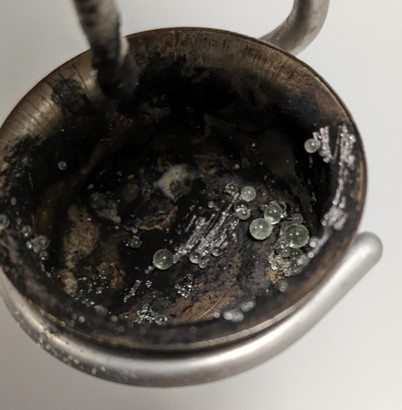

Testing Pyrolyzed Samples
For instance, a Middle Eastern petrochemical company analyzed several pyrolysis products to ascertain their calorific value. Using the advanced Oxygen Bomb Calorimeter, CAL3KS from DDS calorimeters, char samples previously pyrolyzed at 900°C for 10 minutes were tested. A small amount of solid material was added to the pressurized vessel within the calorimeter box. The calibrated unit swiftly displayed the result in MJ/kg within just 2 minutes from the test’s initiation, requiring no prior sample preparation.
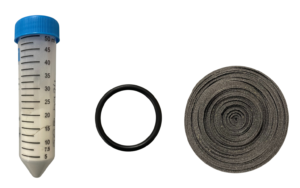
whey protein, O ring, sealant tape
Diverse Applications of Bomb Calorimetry
Besides evaluating pyrolysis products, bomb calorimetry finds application in testing various materials such as sealants like O rings, electrically conductive labels, and calorific value measurements for certain food products.
If you wish to find out more, please contact us here. and We can guide you through which test is most suitable for your product and your needs.

